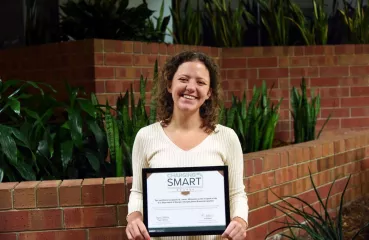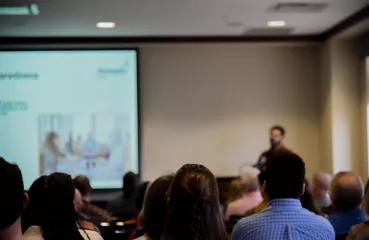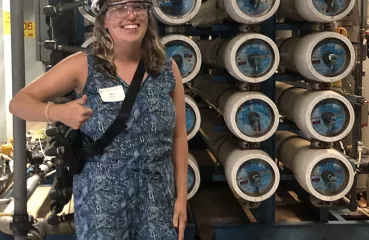As clean energy rapidly evolves across the nation, cities in Minnesota are teaming up to stay ahead. Local government staff from cities plus tribal communities are coming together through the Community Energy Network (CEN). Co-run by the Great Plains Institute (GPI) and the Clean Energy Resource Teams (CERTs), the multi-region initiative is a first in Minnesota.
“Together, we explore best practices when it comes to all things clean energy,” says Peter Lindstrom, CERTs Manager of Public Sector & Community Engagement. “For example, member cities might seek guidance on renewable energy options for city operations or tips on how best to connect with residents and businesses to advance the city’s clean energy goals. Supporting each other is what it's all about.”
Catherine Kemp, a program manager for GPI, describes CEN as a collaborative learning environment tailored to non-elected, government staff throughout the state.
"Members typically work in sustainability or energy roles. Whether it's a sustainability coordinator, an environmental planner, or even a facilities manager that is jazzed about clean energy!” she explains.










